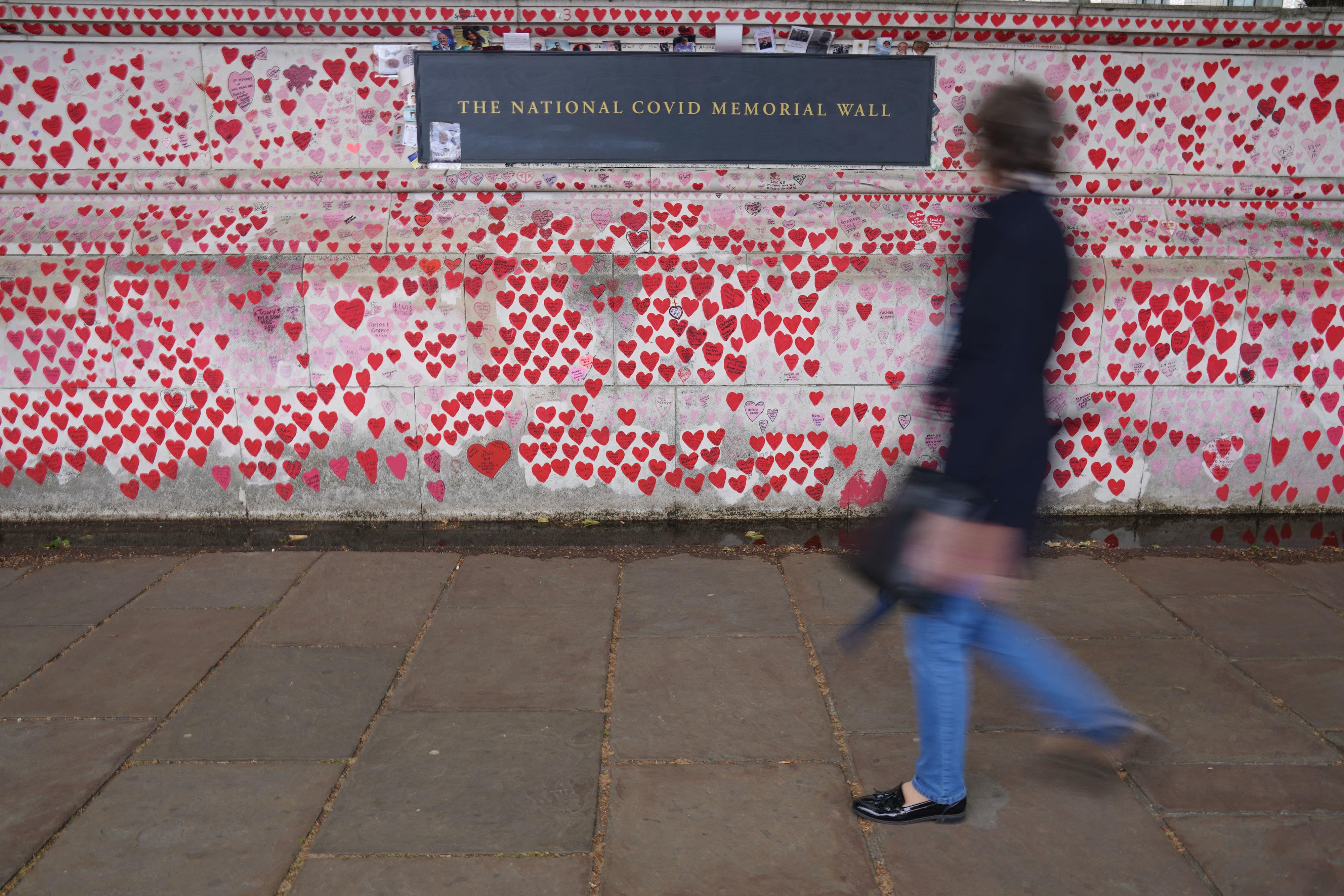Covid-19 deaths remain on downwards trend despite rise in infections
A total of 235 deaths registered in the seven days to September 23 mentioned coronavirus on the death certificate, according to the ONS.

Your support helps us to tell the story
From reproductive rights to climate change to Big Tech, The Independent is on the ground when the story is developing. Whether it's investigating the financials of Elon Musk's pro-Trump PAC or producing our latest documentary, 'The A Word', which shines a light on the American women fighting for reproductive rights, we know how important it is to parse out the facts from the messaging.
At such a critical moment in US history, we need reporters on the ground. Your donation allows us to keep sending journalists to speak to both sides of the story.
The Independent is trusted by Americans across the entire political spectrum. And unlike many other quality news outlets, we choose not to lock Americans out of our reporting and analysis with paywalls. We believe quality journalism should be available to everyone, paid for by those who can afford it.
Your support makes all the difference.The number of deaths involving Covid-19 registered each week in England and Wales remains on a downwards trend despite the recent rise in infections, new figures show.
A total of 235 deaths registered in the seven days to September 23 mentioned coronavirus on the death certificate, according to the Office for National Statistics (ONS).
This is down 22% on the previous week and is the lowest total since the start of June.
The figures will have been affected by the bank holiday on September 19 for the Queen’s funeral, when most register offices were closed.
This means fewer deaths were registered than would normally be the case.
But the size of the drop in the latest figures suggests deaths are still on a broadly downwards path.
It is too soon to see any impact in death registrations of the recent rise in Covid-19 infections in England and Wales.
This is because the trend in deaths always lags behind the equivalent trend in infections, due to the length of time between someone catching the virus and becoming seriously ill, as well as the time it takes for deaths to be registered.
Registrations climbed during much of June and July following the wave of infections caused by the BA.4 and BA.5 Omicron subvariants of Covid-19.
The figures peaked at 810 deaths in the week to July 29, since when they have been on a downwards trend.
The peak was well below the level seen during the Alpha wave in January 2021, when weekly deaths reached nearly 8,500.
High levels of Covid antibodies among the population – either from vaccination or previous infection – mean the number of people seriously ill or dying from the virus this year has stayed low.
Figures published last week by the ONS showed that Covid-19 infections are continuing to increase in England and Wales, though levels are still well below those reached during the BA.4/BA.5 wave.
In England, the number of people in private households testing positive for coronavirus in the week to September 17 was 857,400, or around one in 65 – up from 766,500, or one in 70, in the seven days to September 14.
The latest estimate for infections in Wales is 62,900, or one in 50 people, up from 39,700, or one in 75.
Covid-19 patient numbers are also starting to rise again.
The number of people in hospital in England with coronavirus stood at 7,024 on September 28, up 37% week on week.
Patient numbers topped 14,000 in mid-July at the peak of the BA.4/BA.5 wave, after which they started to fall steadily.
This decline came to a halt in mid-September, however.